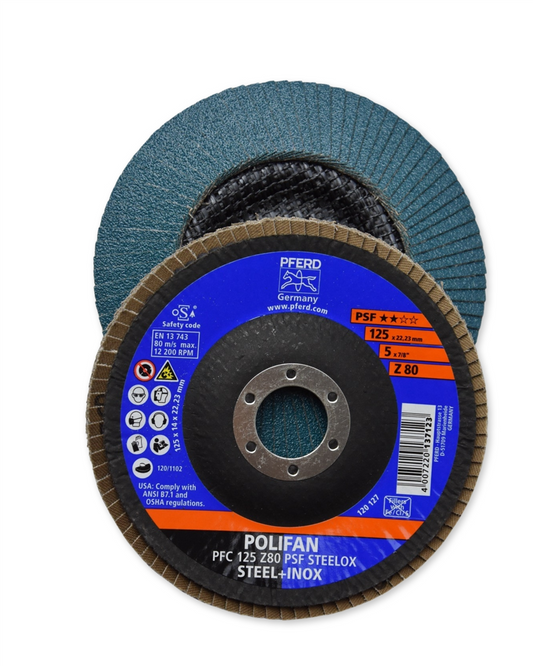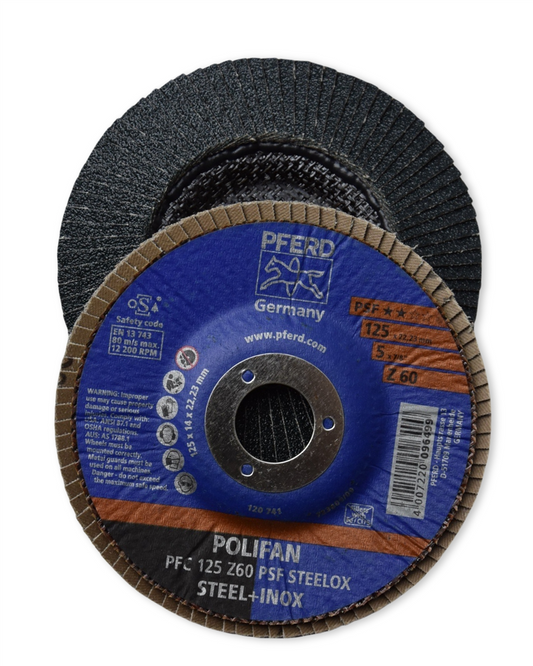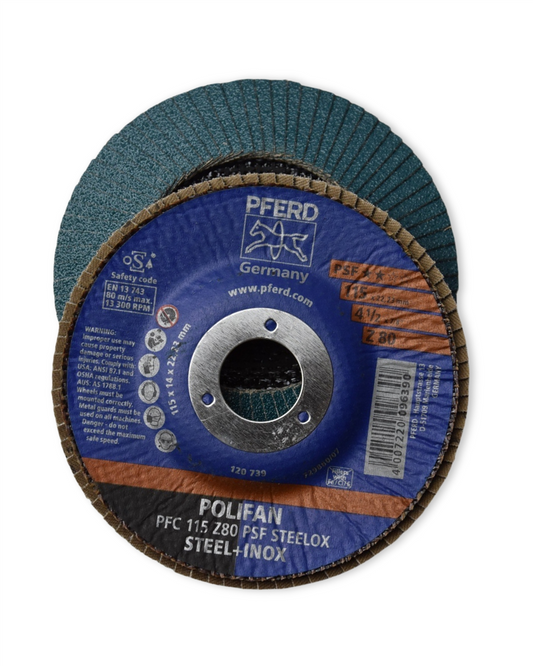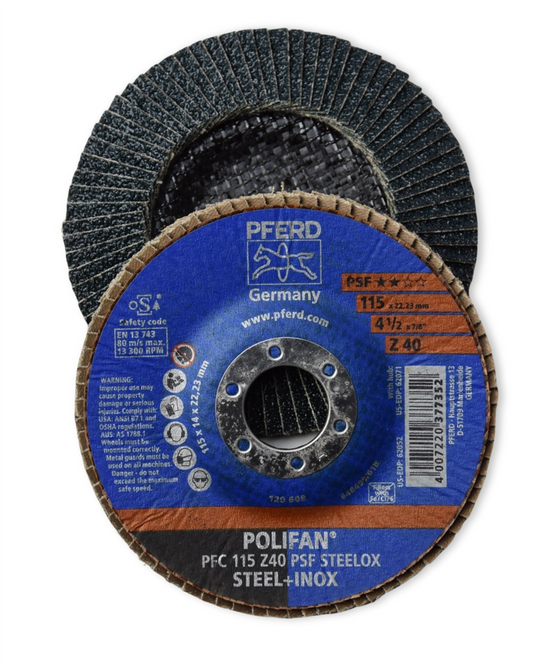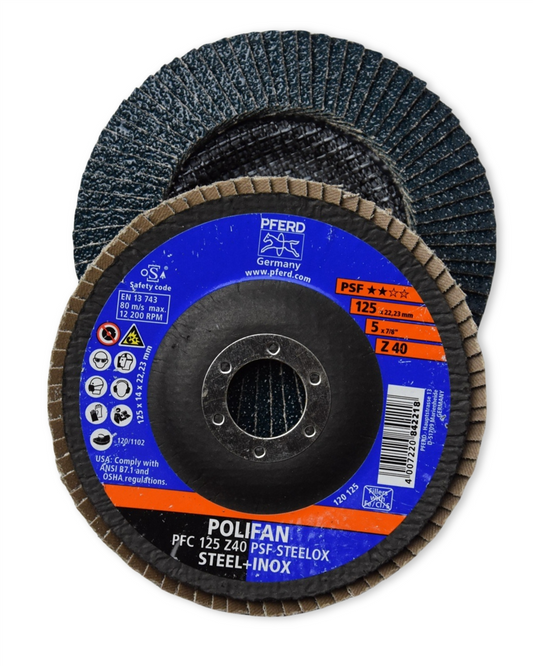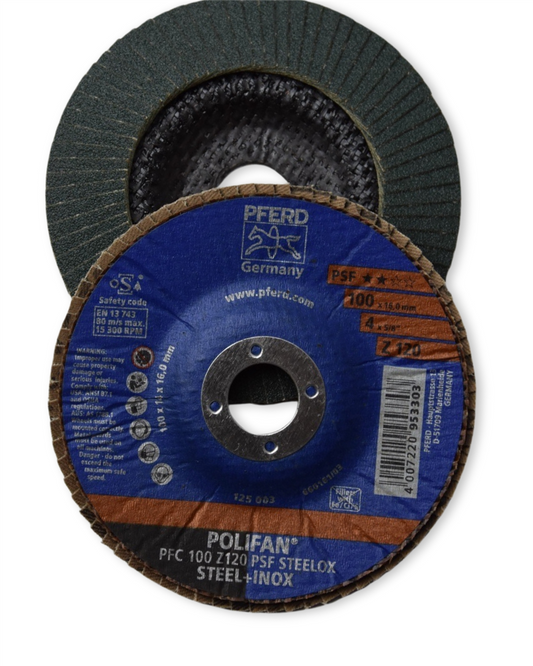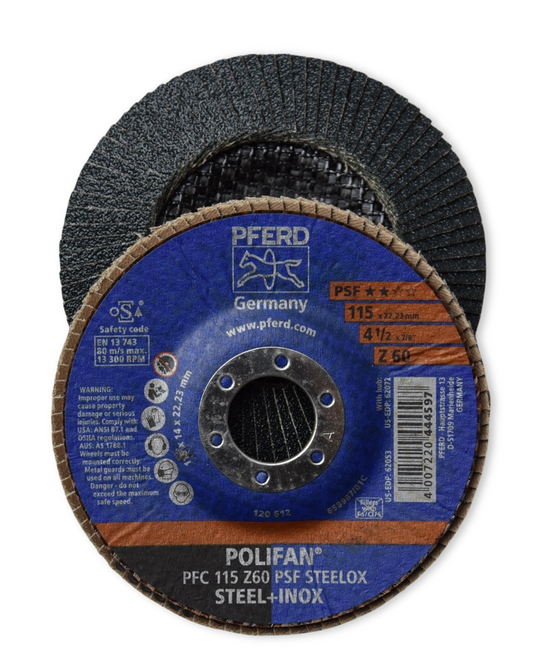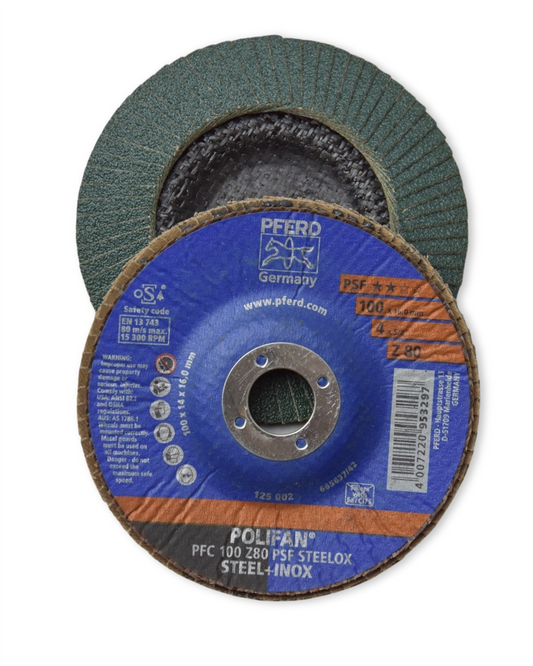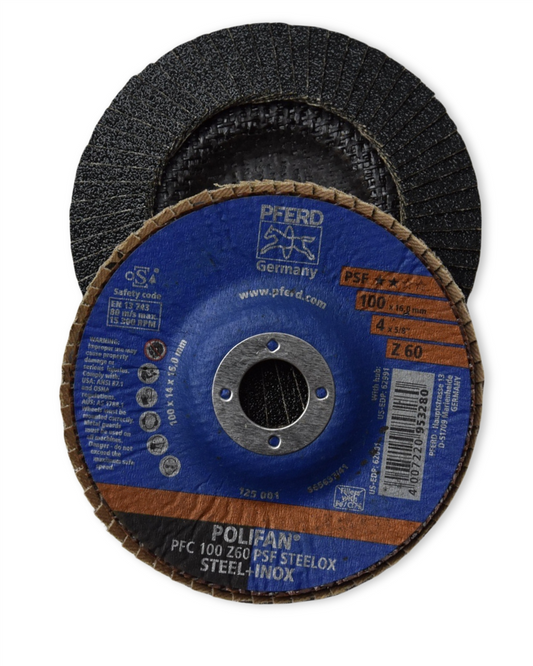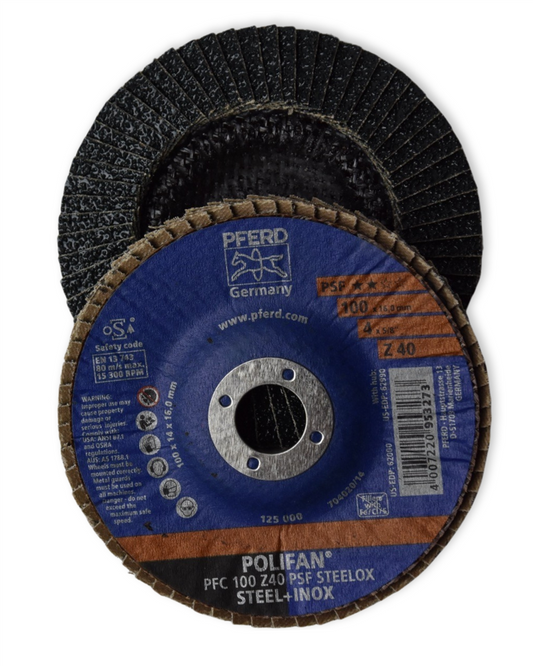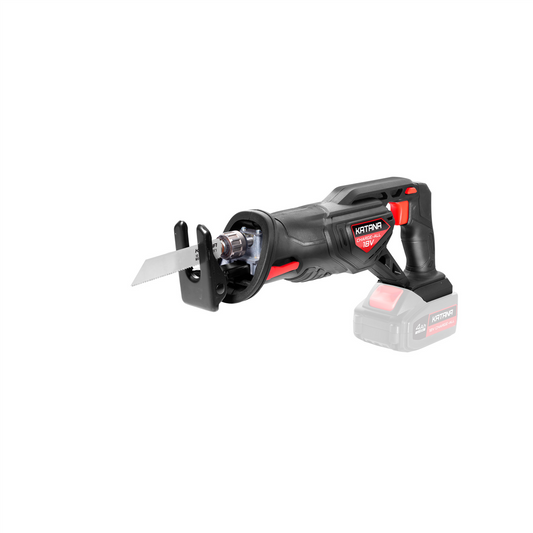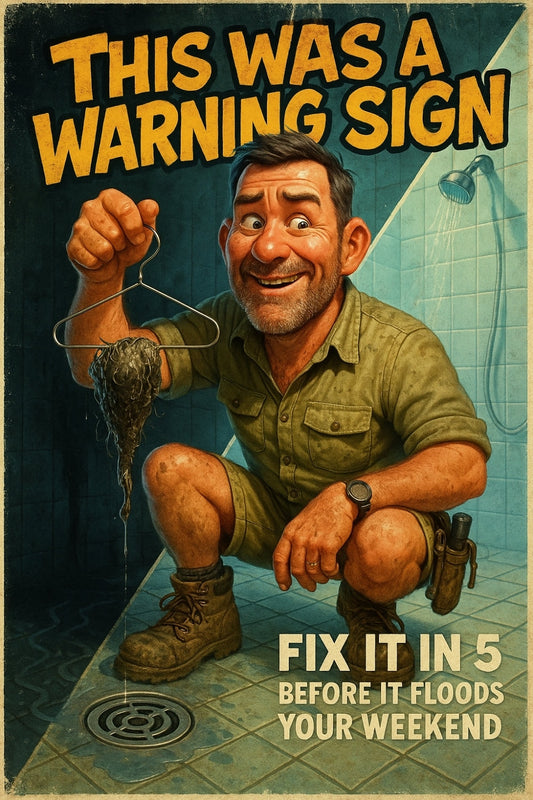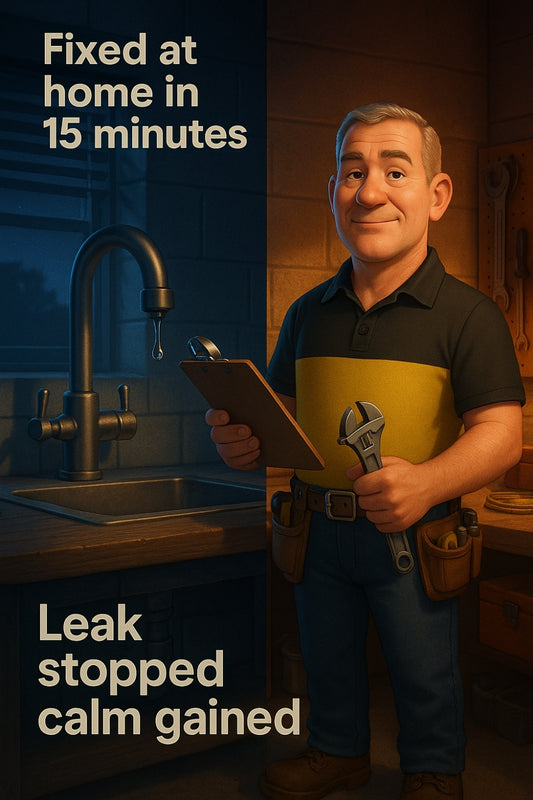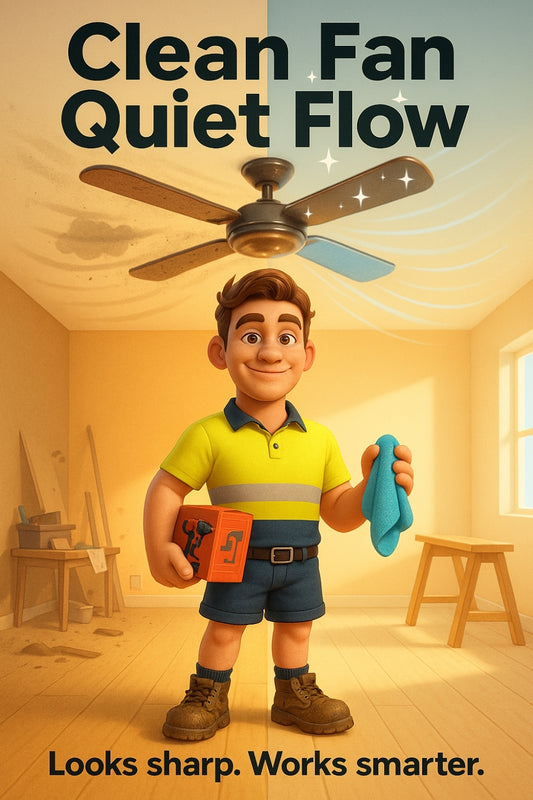Rust starts slow—then suddenly, your favourite tools are flaking apart like old toast.
Share
Rust Doesn't Have to Win: Keep Your Outdoor Tools Strong, Season After Season
Why does rust love your tools so much?
It’s a question that hits close to home when you find your once-trusty secateurs stiff with orange fuzz or your shed hinges looking like they’ve aged 100 years in a storm. Rust is nature’s way of saying, "Hey, you left this metal exposed, so I claimed it." Iron meets water (even just in the form of humidity) and oxygen, and before you know it—oxidation walks in uninvited.
But here’s the thing: rust doesn’t need to be part of your routine. With a few mindful tweaks and everyday habits, you can keep your tools, fasteners, and fixtures looking and functioning like new.
The real cost of rust isn’t just cosmetic
When corrosion takes hold, it doesn’t stop at looks. Rust compromises the strength of your gear, shortens lifespan, and, in the case of things like gate latches or climbing hardware, it can actually be dangerous. A $30 spade that rusts through in one season isn’t just wasteful—it’s frustratingly avoidable. Not to mention, it’s another thing heading to landfill.
Simple Habits That Stop Rust in Its Tracks
1. Start with the right material
If you’re choosing hardware for an outdoor project—like building retaining walls, attaching trellis systems, or setting up rainwater tanks—go for galvanised or stainless steel. These are designed to handle exposure without breaking down as quickly. If it’s aluminium? Even better. Aluminium doesn’t rust at all (though it can corrode under certain conditions).
"Good steel is like a solid handshake—firm, trustworthy, and it doesn’t flake on you." — Candeece H, DIY Advisor
2. Keep it dry (yes, even outdoors)
Water’s the trigger. So even if you use your tools every weekend, take the minute to dry them off before stashing them back into the shed. Wet blades in a canvas bag? That’s a rust party waiting to happen. Instead, give them a quick wipe or leave them in a well-ventilated area to air-dry before packing up.
3. Oil is your old-school secret weapon
A light coat of oil on garden shears, spade edges, screws, and even door hinges works wonders. Linseed, 3-in-1, or even vegetable oil (yes, really, just don’t overdo it) can provide the protective barrier metal needs, especially where tools or bolts are stored long-term. Got kids around? Opt for plant-based or food-safe oils just to be safe.
4. Clean after use—and make it a family affair
It can be a game-changer to turn tool cleanup into a mini post-project ritual. Have the kids scrub off the muddy shovels while you oil the hedge trimmer. Not only does it build good habits, but you’ll also extend the life of everything in the shed. Bonus: fewer tetanus-risky surprises under the workbench!
5. Mind your storage
Good ventilation is key. Tools should never be dumped in a tote bag or tossed in a corner after use. Hang them up where air can circulate. If you're a next-level organiser, consider repurposing an old wooden pallet to sort and display your gear on the shed wall. Functional, and oddly satisfying to look at too.
6. Wrap exposed screws or fittings
This one’s for gates, garden beds, and cubby houses. Wrap exposed screw heads with a little grease or cover them with a dab of wax to block out moisture. It’s a tiny detail that makes a big difference. Even wax from old tealight candles works in a pinch.
Natural Protection You Already Own
Sometimes your pantry has more rust-stopping power than you'd think. Try these:
- Baking soda paste: Great for removing light rust. Just mix with water and scrub.
- White vinegar soak: Soak rusty tools overnight and scrub with steel wool.
- Lemon juice & salt: A classic combo that cuts through corrosion naturally. Leave it on for an hour and rinse well.
Chemical-free and compost-bin safe when done right — a win all around.
Ask Yourself This:
What’s your gear worth to you — in time, in memories, in the stories it helps create? That old trowel your kid used to plant their first sunflower? The gate latch that’s held strong through ten summer storms and two puppy escapes?
It’s not just metal. It’s muscle memory. Keep it strong, and it keeps your memories close.
When the Damage Is Done—And What to Do Next
If something's already rusted out beyond saving, don’t throw it in the bin just yet. You might be able to bring it back to life with a sanding block, a rust converter product, and a sealant spray. Or better yet, repurpose it—rusty rakes can become garden art, and old screws make great plant labels in veggie patches.
And if something needs replacing? Don’t just grab the nearest pack. Ask for help choosing the best material for your project and climate. Life’s too short (and landfills too full) for replacements that don’t last.
Small Acts, Long-Lasting Gear
No one ever complains their tools lasted too long. Whether you’re sprucing up the veggie patch, fixing that squeaky gate, or starting a project with the kids—rust shouldn’t stand in your way. A few small habits go further than you think, and they create something more valuable than rust-free gear: pride in what you’ve cared for, and shared.
Here’s to tools that weather life as well as we do.
— Candeece

Stay Connected
Follow our Facebook Page: Strathalbyn H Hardware on Facebook

